Aloe Vera: What is it, How to Use The Juice and Gel, What are its Properties and Benefits, Contraindications?

Aloe vera: what is it, how to use the juice and gel, what are its properties and benefits, contraindications?, you can find all the information about its contraindications in this article; What are the contraindications for aloe vera? What are the properties of aloe vera gel? What does aloe vera do to your face? What are the benefits of using aloe vera? What happens if I use aloe vera every day? What are the 10 benefits of aloe vera? You can find answers to such questions in the rest of our article.
Aloe vera: what is it, how to use juice and gel, properties and benefits, contraindications
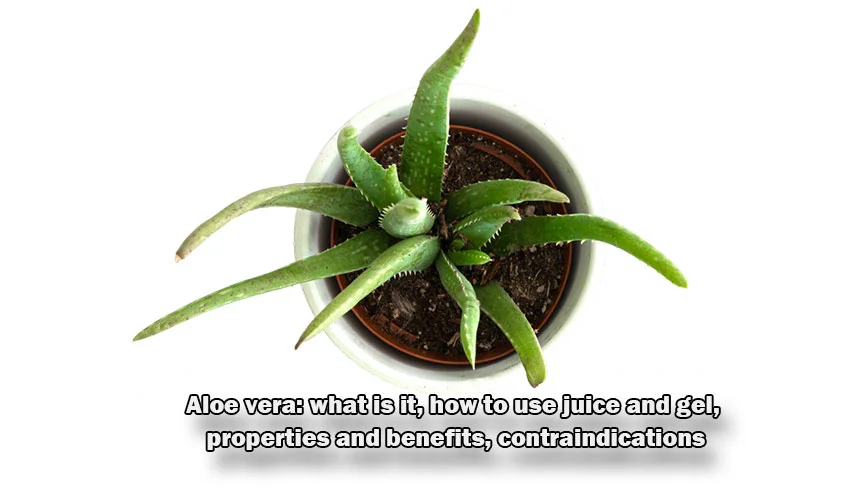
Aloe vera is a plant with many uses. Very famous for its anti-inflammatory, soothing and purifying properties, it is often used in the field of natural cosmetics. But what many people don’t know is that aloe juice has great benefits and can also be used for nutrition.
You can find aloe vera in the form of gel, juice or capsules. The main virtue of aloe vera gel is dermatological. You can use it to provide relief from superficial skin burns and especially to repair the epidermis.
Here’s where aloe comes from, its beneficial properties and how to use both the gel and the juice, how much and when to drink the juice.
Here is where aloe comes from, its beneficial properties and how to use both gel and juice, how much and when to drink the juice.
Aloe vera: what it is, plant and type
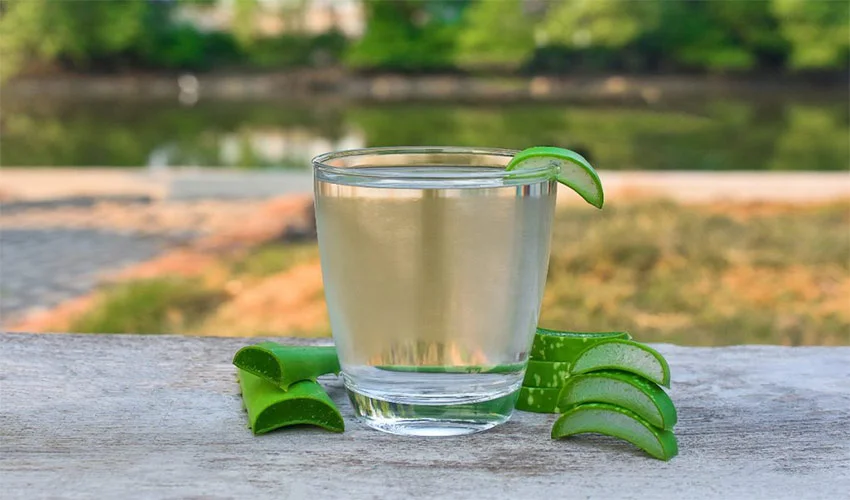
Aloe vera is a succulent plant native to Africa that belongs to the Aloeaceae family and groups more than 500 species. It is known for its soothing and medicinal properties, which come from the gel found inside its leaves.
With very ancient origins, it is even mentioned in the Old Testament as well as in documents attesting to its use by the Egyptians, Chinese, Indians and Arabs.
It has therefore been used for centuries as a natural remedy to treat various health problems, such as burns, wounds, inflammation, heartburn and digestive disorders. It is also often used as an ingredient in cosmetic skin care products, such as moisturizing creams, lotions and gels, for its moisturizing and regenerating properties.
There are several varieties, such as Aloe vera or Aloe barbadensis and Aloe ferox, with woody stems of varying height and clumps of fleshy, very large, lance-shaped leaves with thorny edges. Aloe flowers grow on a stem in the center of the leaves, are pendulous, clustered, and yellow or red in color. The fruit consists of a capsule.
Two different extracts with different properties and benefits are obtained from aloe plants:
Juice, very thick, which is obtained from the outermost part of the leaf, rich in anthraquinones, substances that stimulate intestinal peristalsis and have a laxative action.
Gel, which is extracted from the middle part of the leaves, high in water, polysaccharides, amino acids, vitamins and enzymes.
How to grow it indoors
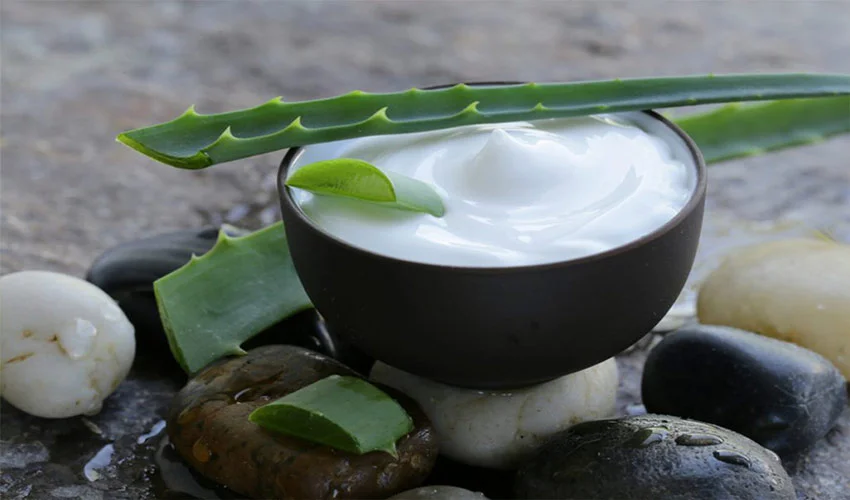
Aloe vera is also an easy plant to grow indoors, as it adapts to various climatic conditions. It starts with a small seedling to be placed in a pot, in a bright place, or directly in the ground. It is also very beautiful as an ornamental plant as well as for the gel it contains.
The most suitable container should be chosen, as aloe vera prefers to live in small, narrow containers that can be filled with a well-draining potting soil.
It is a plant that prefers a bright location but not exposed to direct sun, especially during the hottest hours of the day.
Then being a succulent plant, it needs very little water. In fact, it is best not to water the soil too frequently, as it may cause root rot. In fact, it is watered only when the soil is completely dry.
It does not need much fertilizer, at most once a month, a light organic fertilizer. It grows slowly and does not require much pruning. However, if the plant becomes too large for the container, it is best to cut off the older leaves and perhaps use them to originate new plants.
Standards on cultivation and industrial production
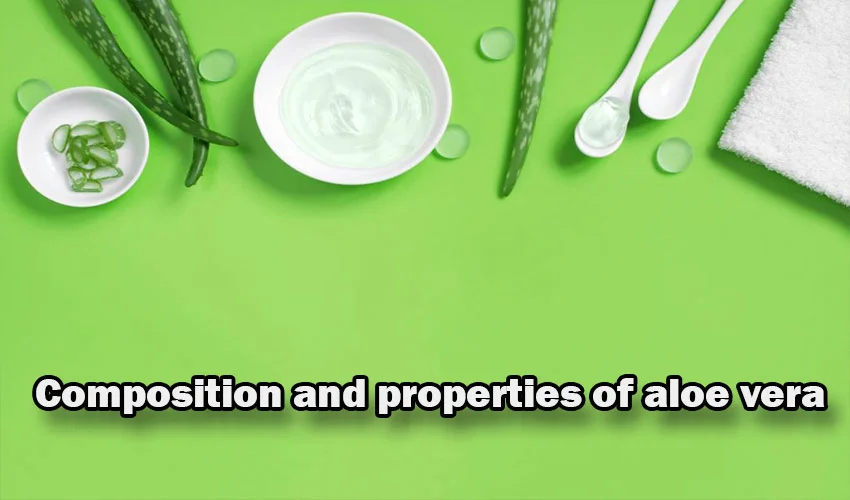
It is important to keep in mind that for the production and cultivation of aloe vera on an industrial level, there are certain regulations and standards to be followed to ensure the quality of the final product.
In addition, among the many varieties, only two, Aloe arborescens and Aloe vera, are used for therapeutic purposes. The European Commission recently took action by banning the use of certain substances in which aloe is rich, which are also considered toxic based on assessments by Efsa (European Food Safety Authority). This provision is holding back a rather robust market, which includes cosmetics herbal medicine and the food sector.
What is of some concern for consumer safety are hydroxyanthracene derivatives, substances that occur naturally in several botanical species and abundantly in aloe juice. The most prevalent are aloin, emodin, and aloe-emodin.
The entry into force of EU Regulation 468/2021 therefore effectively bans the marketing of aloe-based supplements and threatens to put a market that has been active for many years in serious trouble.
The supplements most affected are those that act on intestinal transit based on Aloe leaves.
Juices, which use, on the other hand, only the inner part of the leaf and are recommended for their beneficial effects on the digestive system and depurative action, are not affected by the Regulations. This is because the hydroxyanthracene derivatives are mainly contained in the peel.
However, all Aloe supplements must ensure an aloin aloe-emodin, emodin content of less than 1ppm.
Composition and properties of aloe vera
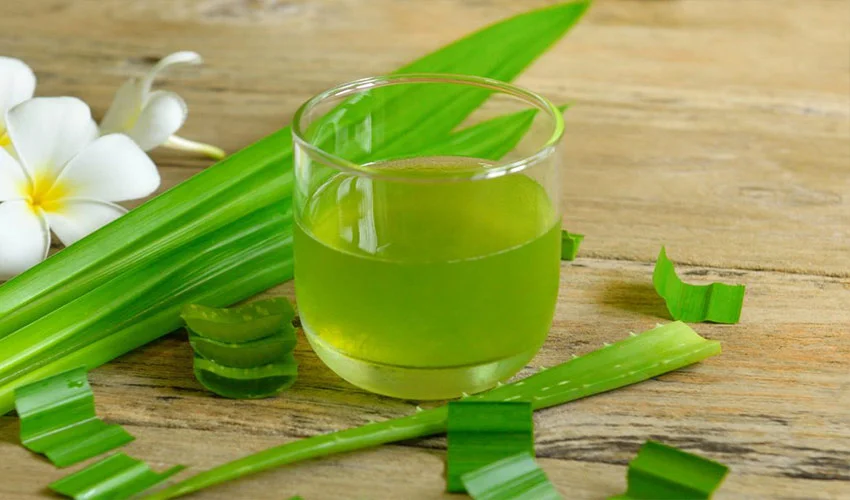
Aloe vera as we mentioned contains a transparent gel inside its leaves. This is a substance rich in bioactive compounds with excellent health benefits.
Here are some of them:
Polysaccharides: these are complex carbohydrates that provide energy and nutrition to the plant. These polysaccharides also have immunomodulatory and anti-inflammatory properties.
Anthraquinones: are alkaloid substances found in aloe vera that have analgesic, anti-inflammatory and laxative properties.
Vitamins: particularly B vitamins, vitamin A, C and vitamin E, which have antioxidant properties and help fight oxidative stress and strengthen the immune system.
Minerals: aloe vera also contains minerals such as magnesium, phosphorus, iron, zinc and potassium, which are essential for bone and nervous system health.
Enzymes: contains amylase and lipase, which help digest carbohydrates and fats.
Fatty acids: such as salicylic acid, which has anti-inflammatory properties and helps reduce pain.
Its myriad properties also include antibacterial, healing, moisturizing, soothing and anti-inflammatory. Its gel is generally used to treat burns, burns, wounds, dermatitis, and other skin problems.
However, it is important to note that not all of aloe vera’s properties have been proven in clinical studies and that some effects may vary depending on the quality and quantity of aloe used.
What aloe vera is good for: all the benefits
Aloe vera has been known since ancient times for its beneficial effects on health. But it is important to reiterate that its use is not approved by science for the treatment of diseases and is not part of the composition of medicines, but only of dietary supplements.
Here are some benefits.
Digestion and heartburn
Aloe vera contains enzymes that help digest carbohydrates and fats, and it can be helpful in combating constipation and other digestive disorders. In particular, it is an excellent remedy for gastroesophageal reflux, a digestive disorder that also often causes heartburn.
Some research has shown that consuming 30 to 60 g of aloe gel with meals could reduce reflux symptoms and relieve digestive problems. However, these are still ongoing studies.
Prevents cavities
During a study conducted by a team of Ethiopian researchers on 300 healthy people, the researchers compared 100 percent pure aloe vera juice with the standard mouthwash ingredient, chlorhexidine.
After 4 days of use, the aloe-based mouthwash appeared to be as effective as chlorhexidine in reducing dental plaque.
It has particularly proven effective in eliminating bacteria such as Streptococcus mutans and fungi such as Candida albicans.
Lowers blood sugar
Drinking two tablespoons of aloe vera juice daily can lower blood sugar levels in people with type 2 diabetes.
According to a study published in Phytomedicine, aloe vera may have a future in the treatment of diabetes. Specifically, it was seen that administering a tablespoon of Aloe vera juice, twice a day for at least 2 weeks in subjects with diabetes, decreased blood sugar and triglyceride levels. These are encouraging results, but not yet consistent with other research and therefore conclusive.
Those with diabetes who take hypoglycemic medications should, however, consult with their physician before consuming the juice of this plant, as it may further lower glucose levels.
Natural laxative
Aloe vera is considered a natural laxative. Studies have examined the plant’s benefits for aiding digestion and relieving constipation.
However, the Mayo Clinic recommends using it sparingly: a 0.04- 0.17 g dose of dry juice is more than enough.
On the other hand, in case of the presence of diseases such as Crohn’s disease, colitis or hemorrhoids, it is better not to take it, same thing if you are taking other medications.
Skin care
Aloe vera is known for its moisturizing and soothing properties, which can help treat dry, irritated and reddened skin. The gel can also reduce inflammation and speed up the wound healing process.
Immune system
It contains compounds that have immunomodulatory and anti-inflammatory properties and can help strengthen the immune system and fight infection.
These include acemannan, a sugar with antiviral and inflammation-fighting properties that can regulate immune responses to infectious or sensitizing agents, as in the case of allergies or autoimmune diseases.
Anti-inflammatory
It contains phytocompounds that have anti-inflammatory properties and can be useful in treating inflammation and pain associated with various conditions. In fact, it soothes skin irritation and inflammation, counteracting itching and redness.
Its benefits can be attributed to the presence of mucopolysaccharides, mineral salts, amino acids, and vitamins C and E, making it a plant that can also counteract the signs of acne.
Aloe vera gel: what is it used for?
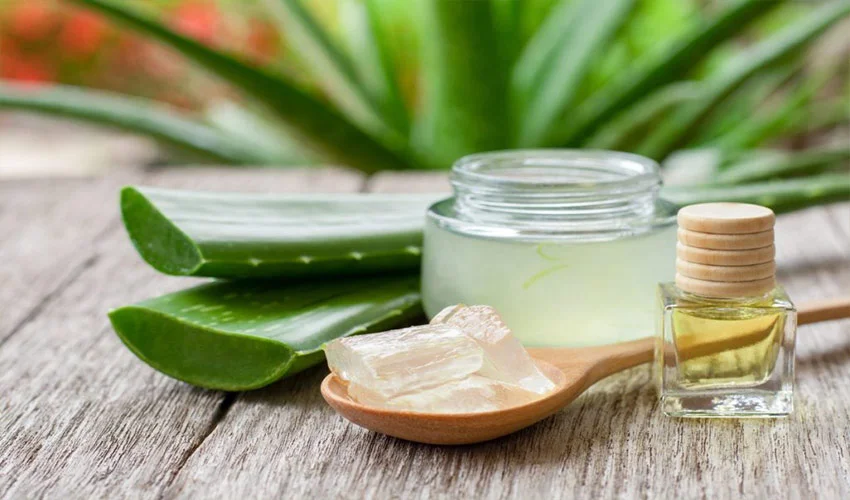
Many people are familiar with aloe in gel form, which can then be made into creams or lotions, because the natural cosmetics industry makes extensive use of it.
Here are what its main benefits are.
Its power is so concentrated that aloe vera would help some wounds heal faster.
It is the product to always have at home, useful for providing relief even in cases of itching and insect bites. Finally, it promotes healing from canker sores and inflammation of the gums.
You can also use it daily to fight skin aging and the appearance of wrinkles. Aloe vera moisturizes the skin and stimulates its regeneration by increasing collagen production. In addition, it is an excellent post-epilation soother for both legs and face.
It provides relief from sunburns but also from chapped skin because it is an excellent repairing balm thanks to glucomannan and pectin, which retain water and moisturize the skin.
In addition, aloe vera gel helps improve some dermatological conditions such as:
- acne.
- Eczema.
- Herpes.
It is ideal as a face mask for reddened skin because of its soothing properties. But also to provide relief to chapped and cold-reddened hands.
In addition, aloe vera gel can be found in numerous hair treatments. in fact, it is an excellent remedy for strengthening the scalp, soothing irritation and fighting dandruff.
If you want to learn more, read our in-depth article on aloe vera gel.
👉 The 7 Best Glossier Products to Try Now That It’s Officially at Sephora
👉 Why hair transplant in Turkey? How much are hair transplant prices in Turkey 2024




